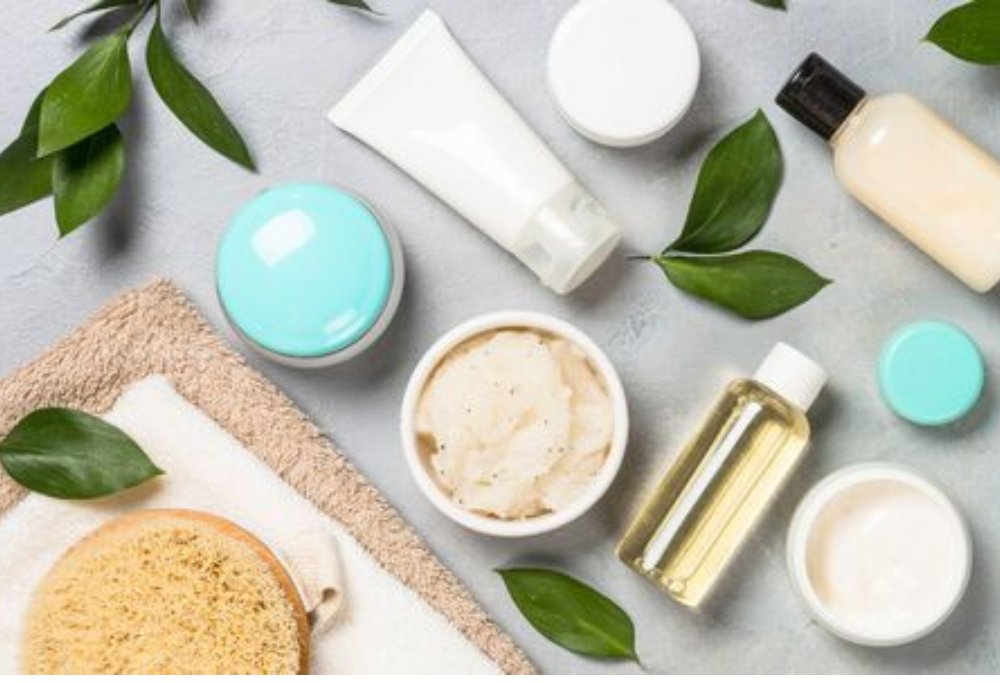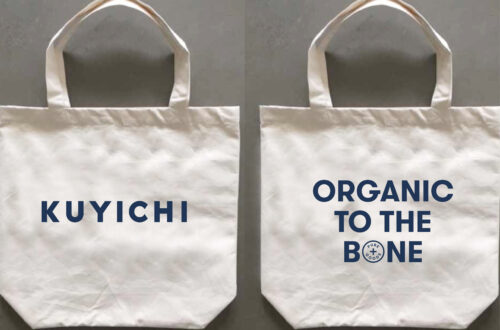Embarking on the journey to flawless and radiant skin often feels like navigating an overwhelming sea of skincare products and advice. In this comprehensive guide, we unravel the mysteries of skincare and present the best tips to achieve a glowing complexion. Whether you’re a skincare novice or a seasoned enthusiast, these insights will empower you to create a personalized routine that brings out the best in your skin.
Understanding Your Skin Type:
To begin your skincare odyssey, it’s crucial to identify your skin type. Recognizing whether your skin is oily, dry, combination, or normal lays the foundation for an effective routine. Simple at-home tests guide you in this self-discovery, allowing you to tailor your products to your skin’s unique needs.
Understanding your skin type is the gateway to crafting an effective skincare routine. It involves identifying whether your skin tends to be oily, dry, a combination of both, or normal. Simple at-home tests, such as observing how your skin feels throughout the day or the “barefaced” test after cleansing, help reveal your skin’s characteristics.
Choosing Products Based on Your Skin Type is the next crucial step in your skincare journey. This involves tailoring your routine to meet the specific needs of your skin. Product recommendations for each skin type and the significance of pH balance are key elements in ensuring your skincare products work in harmony with your skin.

Building a Solid Cleansing Routine:
Cleansing is the cornerstone of any skincare routine. We delve into the importance of gentle cleansing techniques, choosing the right cleanser for your skin type, and proper cleansing techniques to avoid irritation. The guide introduces the concept of double cleansing, highlighting its benefits and providing a step-by-step guide to maximize its effectiveness.
Nourishing Your Skin with Effective Moisturization:
Moisturization is essential for a healthy complexion. We guide you in selecting the right moisturizer based on your skin type and concerns, discussing key ingredients to look for and offering hydration techniques suitable for different seasons. Additionally, DIY moisturizing masks are introduced, providing homemade recipes and outlining the benefits of incorporating these masks into your routine.
Targeting Skin Concerns with Serums:
Serums play a vital role in addressing specific skin concerns. The guide demystifies the role of serums, explaining their difference from other skincare products and guiding you in choosing the right serum for your concerns. DIY serum recipes empower you to customize your serum ingredients, offering insights into the benefits and proper storage of homemade serums.
Sunscreen – Your Skin’s Best Friend:
Understanding the importance of sunscreen in skincare is paramount. We explore the damaging effects of UV rays, guide you in choosing the right SPF for your skin type, and emphasize the role of sunscreen in preventing premature aging. Practical sunscreen application tips and the debunking of common sunscreen myths ensure optimal protection.
Incorporating Exfoliation for a Youthful Glow:
Exfoliation unveils youthful skin by removing dead cells. The guide expounds on the benefits of exfoliation, differentiating between physical and chemical methods and offering insights into the frequency and timing of exfoliation based on your skin type. DIY exfoliating recipes provide natural alternatives for a radiant complexion.
Hydration from Within – The Role of Diet:
Hydrating your skin from within involves understanding the impact of water and diet on your skin health. We delve into the connection between hydration and skin health, recommend daily water intake for optimal hydration, and suggest hydrating foods to include in your diet. Nutrients for glowing skin are explored, emphasizing the role of vitamins, minerals, and antioxidant-rich foods in creating a skincare-friendly diet plan.
Stress Management and Its Effect on Your Skin:
The mind-skin connection underscores the impact of stress on your complexion. We discuss how stress affects the skin and introduce stress-reducing practices, emphasizing the importance of adequate sleep for skin regeneration. DIY relaxation techniques provide simple at-home practices to incorporate mindfulness into your skincare routine.
Unlocking the Benefits of Facial Massage:
Incorporating facial massage into your skincare routine can be a game-changer. Explore the myriad benefits, from promoting blood circulation and lymphatic drainage to reducing puffiness and enhancing product absorption. Learn simple techniques to add this luxurious yet effective step for a radiant complexion.
The Art of Customizing Your Skincare Routine:
Discover the power of tailoring your skincare routine to your unique needs and lifestyle. Dive into the art of customization, whether it’s adjusting your routine based on seasonal changes, addressing specific skin concerns, or incorporating the latest skincare trends. Personalize your regimen to amplify its effectiveness and cater to the evolving needs of your skin.
Conclusion
Achieving a radiant complexion transcends external skincare products. By understanding your skin type, adopting a consistent cleansing routine, incorporating the right products, and embracing stress-reducing practices, you unlock the secret to glowing skin. This journey is personal, requiring patience and a holistic approach. The guide serves as a foundation, empowering you to build a skincare routine that leads to healthier, more beautiful skin. Enjoy the process, be patient with your skin, and revel in the journey to radiant beauty.
Frequently Asked Questions
What are the best skincare tips for acne-prone skin?
For acne-prone skin, focus on gentle cleansing twice daily with a cleanser containing salicylic acid or benzoyl peroxide.Avoid harsh scrubbing and use a lightweight, oil-free moisturizer. Incorporate a spot treatment with tea tree oil or benzoyl peroxide to target breakouts. It’s crucial to exfoliate 1-2 times a week to prevent clogged pores, but use a gentle chemical exfoliant with AHAs or BHAs rather than a harsh scrub. Don’t forget sunscreen, even if you have oily skin, to prevent post-inflammatory hyperpigmentation.
How can I reduce the appearance of wrinkles and fine lines?
To minimize wrinkles and fine lines, prioritize hydration and sun protection. Look for moisturizers with hyaluronic acid to plump the skin and peptides to boost collagen production. Incorporate a retinol or vitamin C serum into your nighttime routine to stimulate cell turnover and improve skin texture. Don’t forget to wear sunscreen daily to protect against UV damage, a leading cause of premature aging. Consider adding a facial massage to your routine to improve circulation and reduce puffiness.
What can I do to address hyperpigmentation and dark spots?
Hyperpigmentation and dark spots can be stubborn, but consistent care can make a difference. Look for serums or creams with ingredients like vitamin C, niacinamide, kojic acid, or licorice root extract, which can help brighten the skin and fade dark spots. Sunscreen is crucial to prevent further darkening. Chemical exfoliants with AHAs or BHAs can also help even out skin tone. For more severe cases, consult a dermatologist for treatments like chemical peels or laser therapy.
How do I deal with dry, flaky skin, especially in winter?
To combat dry, flaky skin, focus on hydration and protecting your skin’s natural moisture barrier. Use a gentle, creamy cleanser and avoid hot water, as it can strip your skin of oils. Apply a rich moisturizer morning and night, and consider using a humidifier to add moisture to the air. Look for ingredients like hyaluronic acid, ceramides, and glycerin in your products. Avoid harsh soaps and exfoliants, and limit your time in hot showers or baths.
What are the best natural remedies for glowing skin?
Several natural ingredients can contribute to glowing skin. Aloe vera soothes and hydrates, honey has antibacterial properties and can help with acne, and green tea is packed with antioxidants that protect against damage. You can create simple DIY masks with these ingredients or incorporate them into your existing skincare routine. Drinking plenty of water and eating a balanced diet rich in fruits, vegetables, and healthy fats also plays a crucial role in maintaining skin health.
How can I create a personalized skincare routine that works for me?
Creating a personalized skincare routine involves understanding your skin type, concerns, and lifestyle. Start with the basics: cleanse, moisturize, and protect with sunscreen. Then, gradually introduce additional products like serums or exfoliants based on your specific needs. Experiment with different ingredients and products to see what works best for your skin. Don’t be afraid to adjust your routine as needed based on seasonal changes or changes in your skin’s condition. Consult a dermatologist for personalized advice if you’re unsure where to start or if you have any specific concerns.






